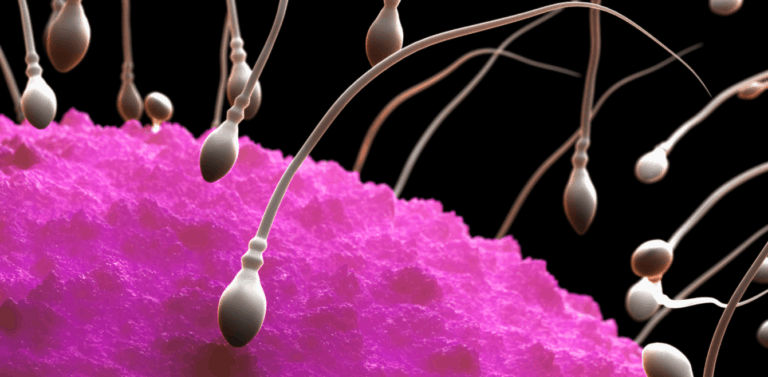According to a recent report, doctors are encountering more and more cases of buried penis. Also known as a hidden penis, this condition is a nightmare for many men, but one that has solutions.
What is a buried penis?
Urologist Drogo Montague, MD, at the Cleveland Clinic, defines buried penis as “one where the penis itself does not extend outside the body….[even though] there is an opening where the penis would normally hang, and the head is usually flush with skin.”
A buried penis doesn’t happen overnight and can be the result of several different situations. One is caused by a circumcision gone bad, which typically occurs when an excessive amount of a boy’s foreskin has been removed. As the boy gets older, the scar tissue associated with the circumcision becomes tighter and causes the skin to pull forward and cover the penis. This situation also can occur among men who are circumcised as adults.
The much more common cause of a buried penis is obesity. According to Dr. Montague, about one third of the erection chambers in the penile shaft are inside the body and two thirds are outside. In excessively obese men, that percentage shifts, with more of the shaft ending up inside the body. In extreme cases, the entire penile shaft can be buried.
In some men who have undergone a radical prostatectomy, the penis can lose about an inch in length, which occurs when the urethra is pulled up and attached to the bladder. Such a loss in length is not always a permanent condition, however, and there are ways to help restore length. Another possible cause of buried penis is Peyronie’s disease.
What are complications of a buried penis?
On a physical level, men with a buried penis need to urinate sitting down, and there is a tendency for the area to become wet unless they practice good hygiene. Another issue is an inability to achieve penetrative sex, which can then lead to feelings of inadequacy and relationship problems. In rare cases, men who have had a buried penis for many years may experience or frequent infection or chronic inflammation, which in the long run could result in penile cancer.
Another uncommon condition associated with a buried penis is lichen sclerosus, which is the development of patchy, white skin that is thinner than normal. This appears on the glans of the penis and may lead to urethral stricture.
How can a buried penis be treated?
Cases of pediatric buried penis can be corrected using surgery. The procedure involves removing the scar tissue and then reconstructing the affected area.
The obvious way to treat a buried penis caused by obesity is weight loss. Montague noted that men who reach a more normal body weight can essentially “fix the problem entirely.” Abdominal strengthening exercises along with weight loss can also help tone the muscles and help maintain better tone in the lower abdomen.
Men who elect surgery rather than significant weight loss will undergo the removal of fatty tissue (e.g., escutcheonectomy), often through liposuction, as well as elimination of excess skin around the pubic bone. Even after men lose a lot of weight, some surgery may be necessary to remove excessive skin that hangs down into the pubic area.
In a new (October 2017) report, experts explained a surgical technique to repair adult-acquired buried penis using a three step process: escutcheonectomy, scrotectomy (removal of part of the scrotum), and a skin graft in 12 morbidly obese men. Eight months after the men underwent the procedures, all of the men had “durable unburying” of the penis. This is just one possible treatment approach for men who live with buried penis, and the authors noted that “further follow-up in larger series is needed,” although “results are thus far encouraging.”
References
Fuller TW et al. Surgical management of adult acquired buried penis: escutcheonectomy, scrotectomy, and penile split-thickness skin graft. Urology 2017 Oct; 108:237-38
Shortsleeve C. Does your junk look smaller? You might have buried penis. Mens Health 2017 Oct 24







